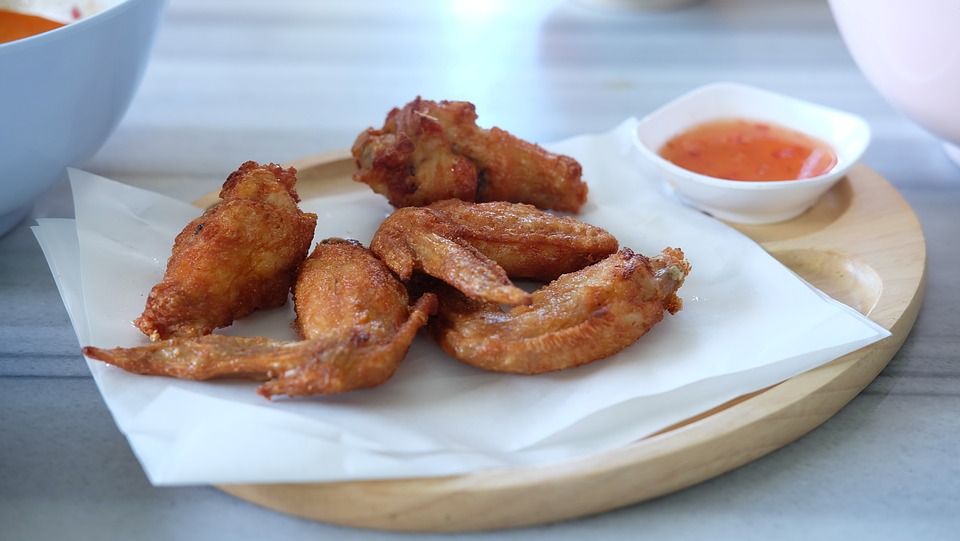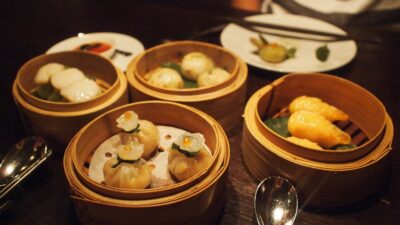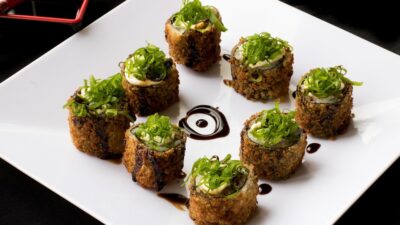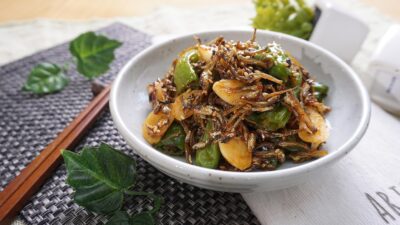Thai cuisine, renowned for its vibrant flavors and aromatic ingredients, is a culinary art form that captivates the senses. At the heart of this distinctive cuisine lies a philosophy rooted in balance—an intricate dance between sweet, sour, salty, bitter, and umami that defines each dish and elevates the dining experience. This article delves into the philosophy of flavor balance in Thai cooking, exploring its historical, cultural, and gastronomic significance.
Historical Context
Thai cooking reflects a rich tapestry of regional influences and historical exchanges. Over centuries, the Thai people have absorbed culinary practices from neighboring countries like China, India, and Malaysia, each imprinting their unique flavors and techniques. The incorporation of various spices and herbs, indicative of trade routes and cultural exchanges, laid the groundwork for the complex flavor profiles we see today.
The Five Fundamental Flavors
At the core of Thai gastronomy is the quest for balance among five fundamental flavors:
-
Sweet: Often derived from palm sugar, coconut, or fruits, sweetness forms the foundation of many Thai dishes, providing a counterpoint to other flavors.
-
Sour: Ingredients like tamarind, lime juice, and vinegar introduce acidity that brightens and enhances flavors, cutting through richness and adding freshness.
-
Salty: Fish sauce, soy sauce, and shrimp paste impart salinity that deepens the overall flavor, enhancing umami and complementing sweetness and sourness.
-
Bitter: Though used sparingly, bitterness from green vegetables or herbs like bitter melon is crucial for counterbalancing the other flavors, providing complexity and depth.
- Umami: Often described as the savory essence, umami is derived from ingredients like fish sauce, fermented products, and mushrooms, lending richness to dishes.
Mastering the interplay of these flavors is essential for creating authentic Thai dishes. Chefs utilize techniques such as layering flavors, balancing spices, and using fresh, quality ingredients to achieve this delicate equilibrium.
The Role of Fresh Ingredients
Thai cuisine places significant emphasis on fresh produce, herbs, and spices. Ingredients like lemongrass, galangal, cilantro, and kaffir lime leaves not only contribute to the overall flavor but also embody the philosophy of balance. Fresh components enhance each dish’s aroma and texture, transforming the eating experience into something holistic and vibrant.
Every meal aims not only to satisfy hunger but to create a symphony of sensations. The freshness of herbs cuts through the richness of coconut milk, while the acid from lime juice brightens the overall profile, showcasing the methodical balance that characterizes Thai cooking.
Cultural Influences and Philosophy
The notion of balance in Thai cooking extends beyond flavors, reflecting broader cultural principles rooted in Buddhism and Thai philosophy. The Thai concept of "sanuk" (fun) emphasizes enjoyment in the cooking and eating process, where balance becomes a means of achieving harmony not just in food but in life itself. Meals are considered social events, fostering connection and communal joy.
In practice, this means a thoughtful approach to cooking, where each ingredient is considered for its contribution to the overall experience. Chefs often strive for a harmonious presentation of color, texture, and temperature, as the visual appeal is as vital as the taste.
Regional Variations and Adaptations
While the core philosophy remains constant, regional variations showcase the adaptability and richness of Thai cuisine. Northern Thai dishes may lean more heavily on herbs and spices, while southern fare often emphasizes coconut and seafood. In contrast, central Thai cuisine might feature a more diverse mix of flavors, highlighting sweet and sour influences. Each region’s unique climate and available ingredients contribute to these variations, further enriching the flavor balance that defines Thai cooking.
Conclusion
The art of balancing flavors in Thai cooking is a multidimensional philosophy that integrates history, culture, and sensory experience. Through a careful interplay of sweet, sour, salty, bitter, and umami, Thai cuisine offers not just nourishment but a celebration of life itself. This culinary tradition invites us to savor each bite, encouraging mindfulness and appreciation for the intricate dance of flavors on our plates. As we enjoy Thai food, we engage in a cultural legacy that aims to balance palate, spirit, and community.



